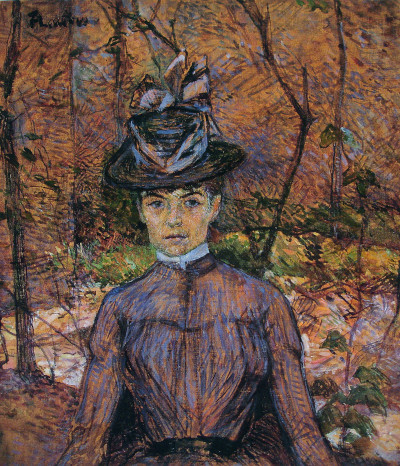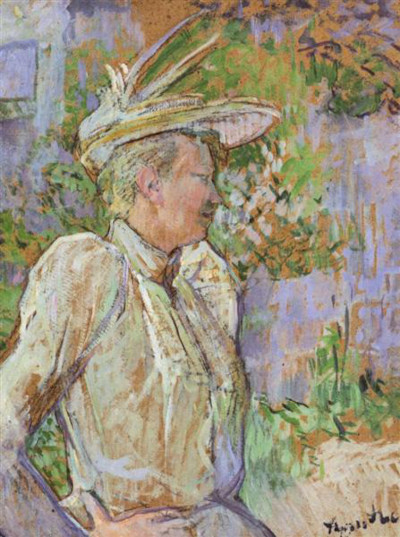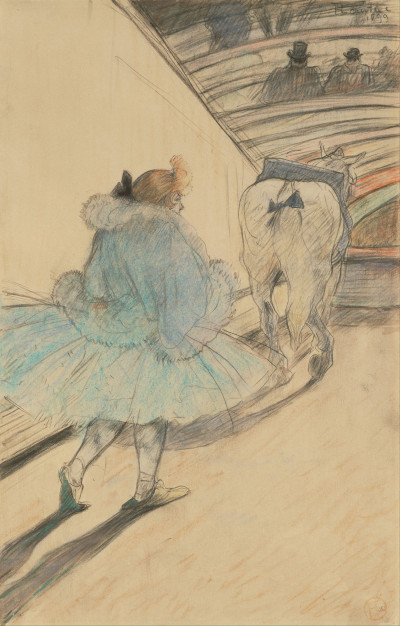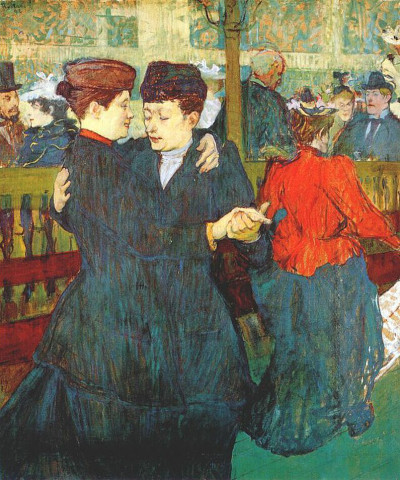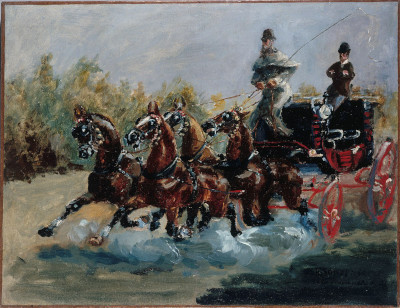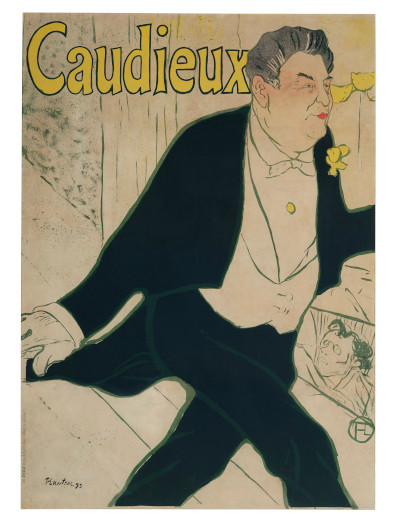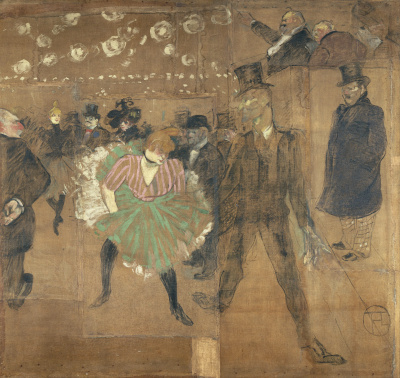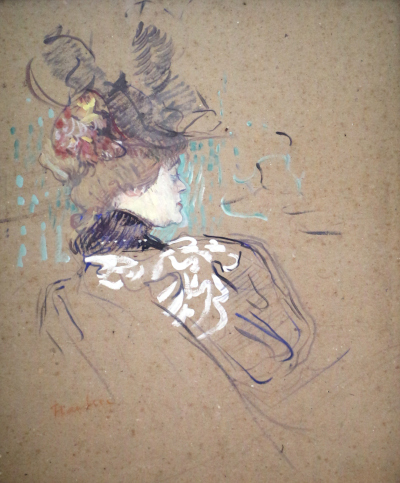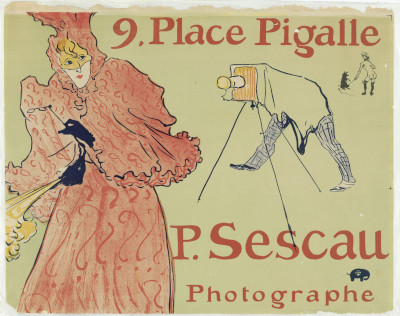The famous paintings of Henri de Toulouse-Lautrec combined influences from several notable names from the French Impressionist movement with his own creative imagination and strong technical ability.
It would be wrong to summarise Toulouse-Lautrec as purely a painter, for his skills were far more diverse than that. This hard working artist produced hundreds of paintings in both oils and watercolours as well as many drawings, prints, posters and even some work with stained-glass and ceramics. The early difficulties in his life ensured that he would not let anything hold back his ambitions during his own career and he continually sought to push the boundaries of his capabilities. Followers of French art of around this period will immediately see similarities with the paintings of Manet and Degas, both in style and also the genres that they covered during their famous careers. Toulouse-Lautrec's work was also heavily influenced by his own nightime lifestyle, too, with this unusual character feeling more accepted on the fringes of society due to his own highly visible disabilities.
He would also find particular inspiration from the unusual characters found in this lesser known area of French society, frequently depicting their lives in his work. Henri de Toulouse-Lautrec had an unusual approach to painting which some have described as almost "drawing in coloured paint". He incorporated long brushes of oil to produce silhouettes in most cases. One can immediately recognise the skills of a talented draughtsman that lied behind his work in this medium. In a way, some of his depictions of Parisian nightlife would perfactly combine illustration and painting, making his work stand out, even in this prolific artistic city. In normal circumstances, someone with Toulouse-Lautrec's disabilities would have little or no opportunity to progress in life but this budding artist was fortunate in that his family were well-connected and also still had faith in their son.
After displaying early promise in both drawing and painting, Henri spent time in Paris under the tutorage of French painter Léon Bonnat. This was to be his big break, and an opportunity that he took full advantage of, finding a welcoming crowd in the district of Montmartre. Amedeo Modigliani followed a similar path to this hub of creativity, where he himself met the likes of Pablo Picasso and Constantin Brancusi. He would also become friends with Vincent van Gogh, producing several portraits of his Dutch friend in both oils and also pastels. The artist's early paintings were based on his family's considerable estate, including portraits of some of their horses, but the content would quickly change as he became a young man and started to learn more about the different entertainment available in Paris. Theatre, cabaret and bars would start to appear, with even circus acts being featured in some lively and bold figurative work.
The artist would then make friendships with a number of dancers, models and other women that he met around Montmartre. Some he would have intimate relationships with, and many more would appear within his portraiture. He loved the night life of this city and felt welcomed by its community, leading to him spending much of his leisure time in cabaret clubs and bars as well. Inevitably, he decided to capture some of the interesting characters that he came across within his paintings and this brought about perhaps the most famous part of his career. His illustration skills would help to promote some of these shows, with stunning artworks converted into lithographic prints. He was able to cope with his physical and mental problems for a number of years before eventually his over reliance on late night drinking would spiral out of control, damaging his physical health but also leading to more and more bizarre behaviour before he was finally committed by his mother. He produced art whilst in therapy to convince others of his return to health.



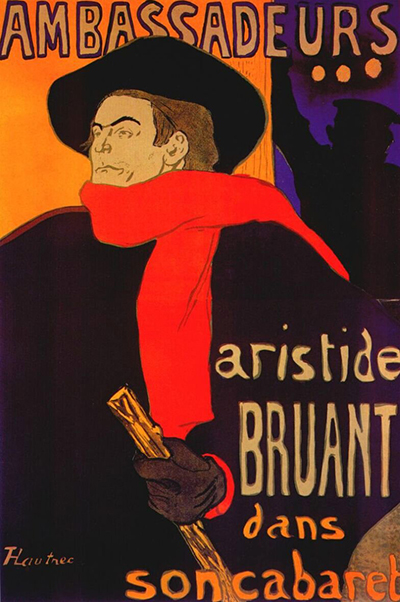
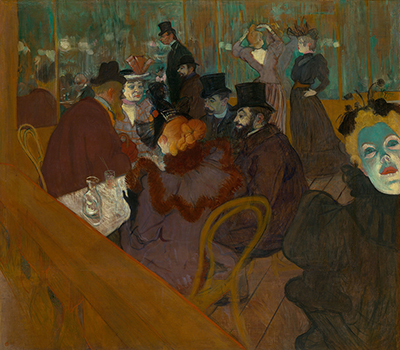
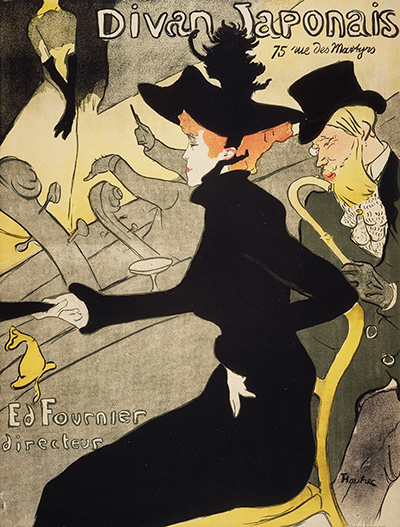
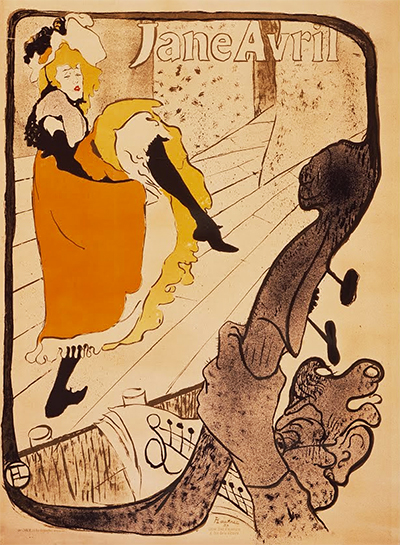
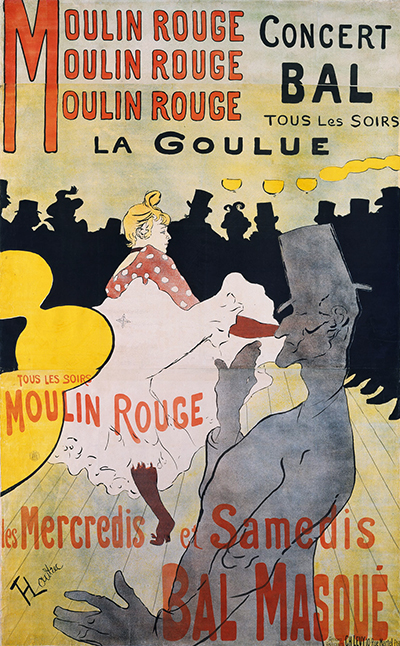
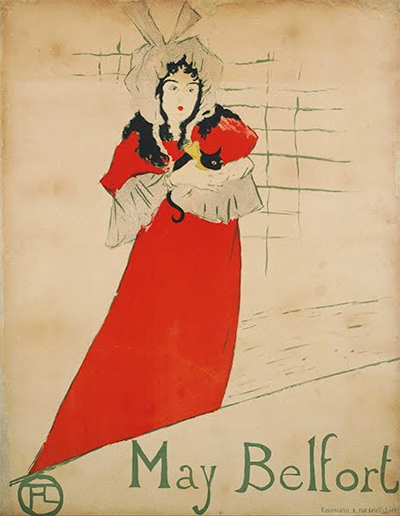
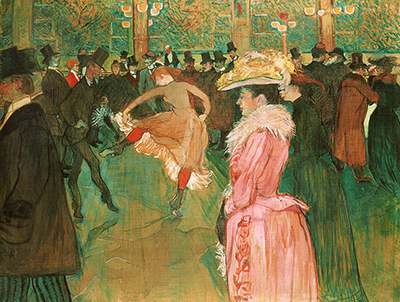
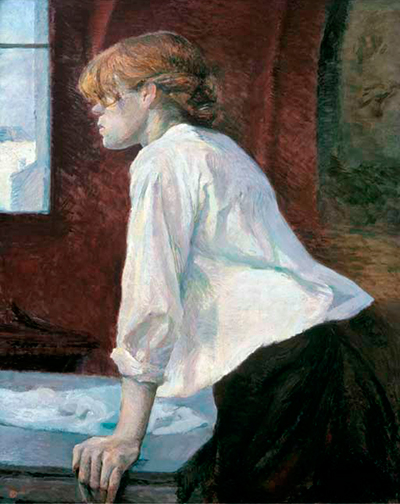
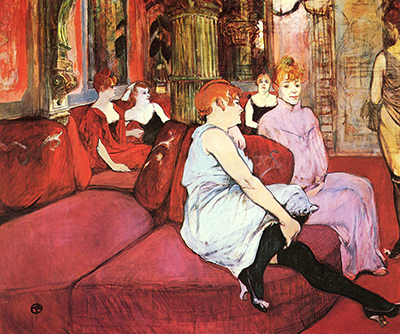
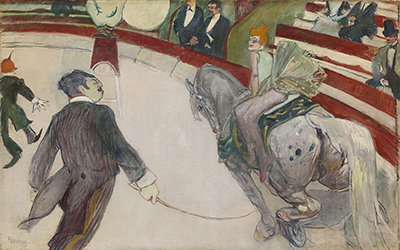
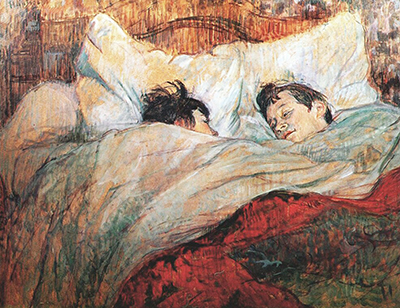
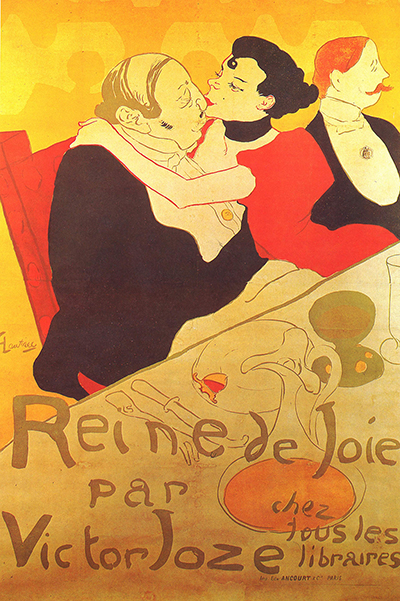
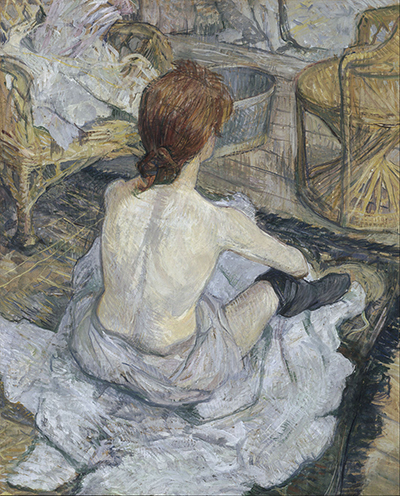
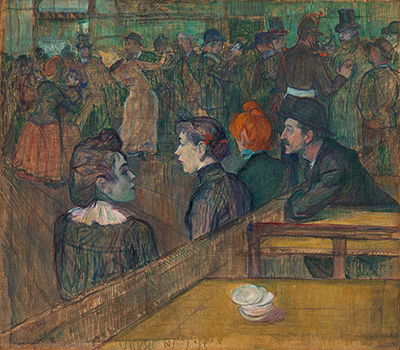
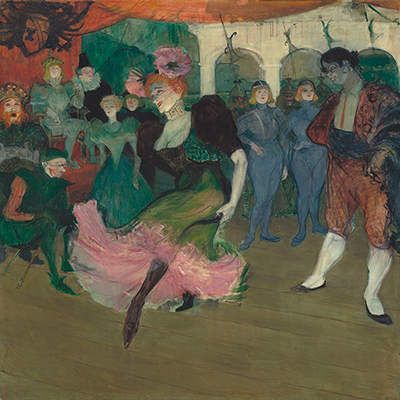
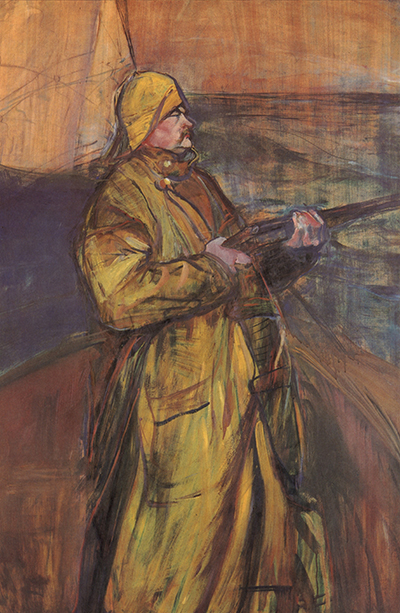
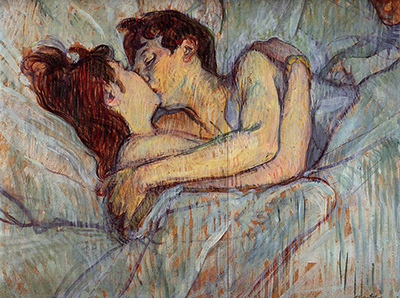
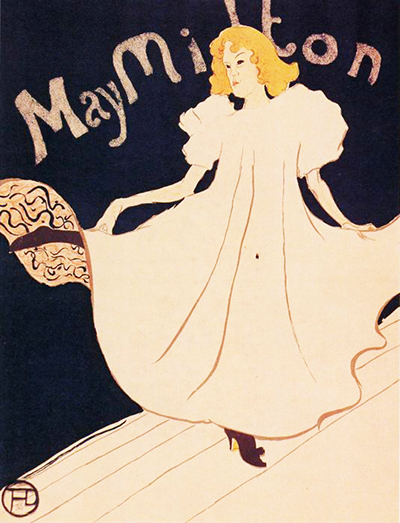
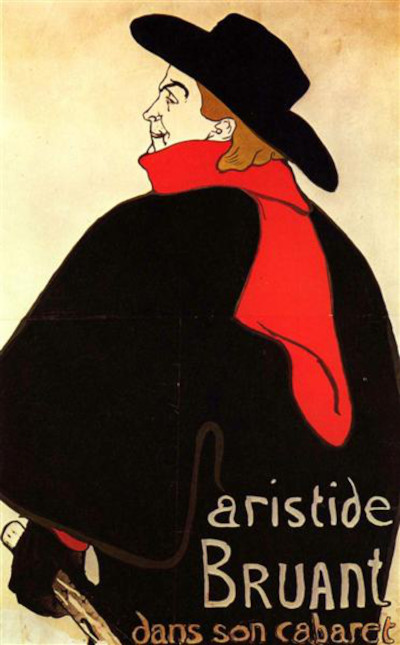
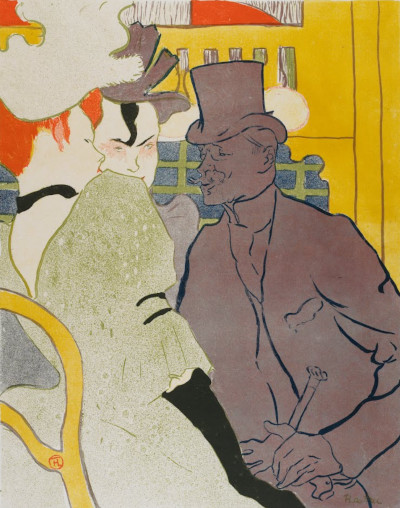
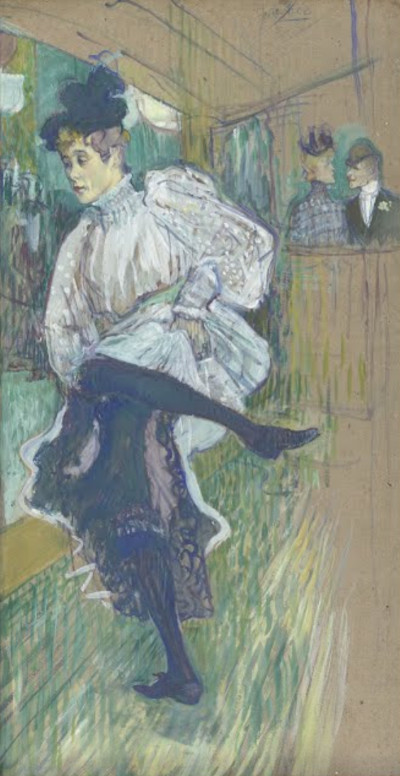
 Henri de Toulouse-Lautrec.jpg)
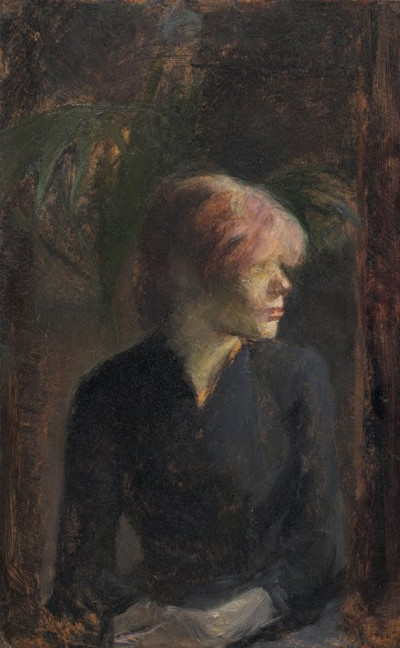
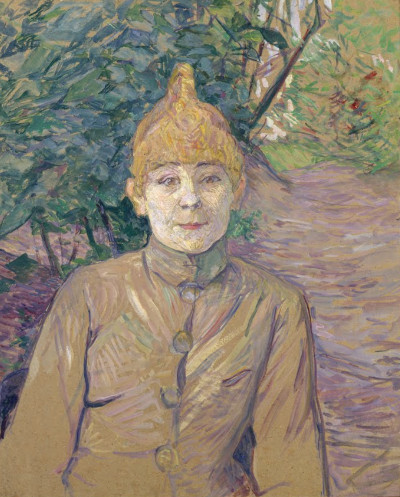
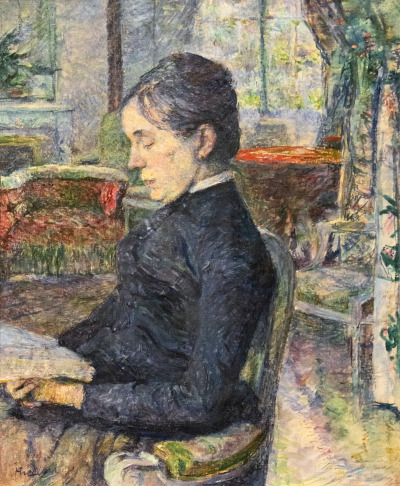
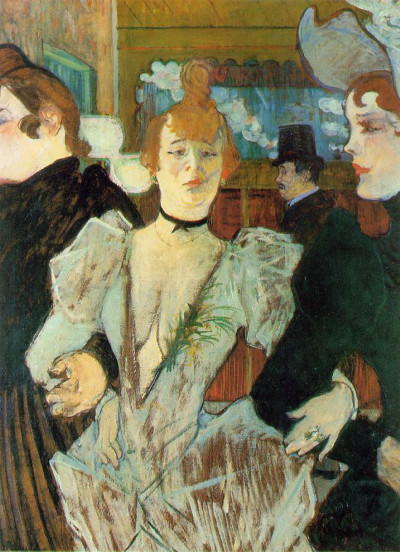
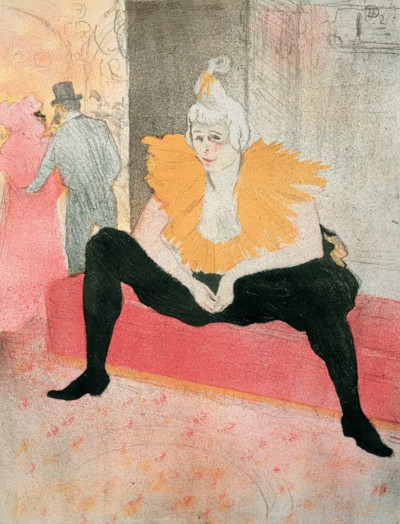
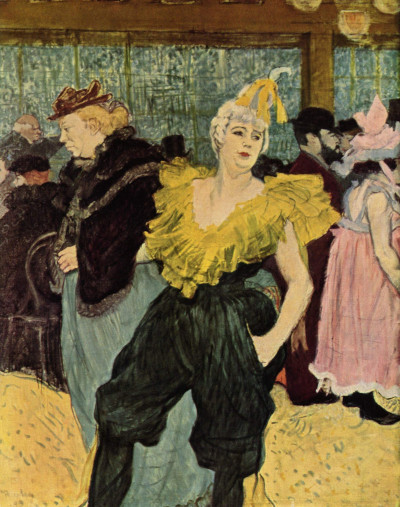
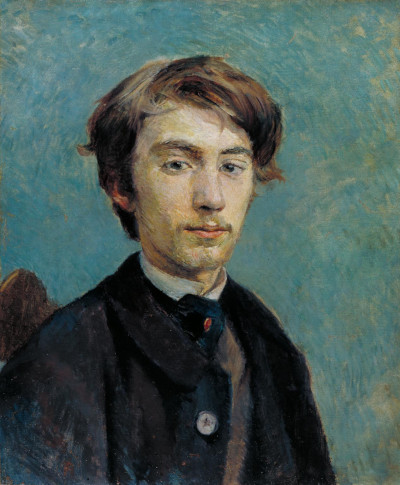
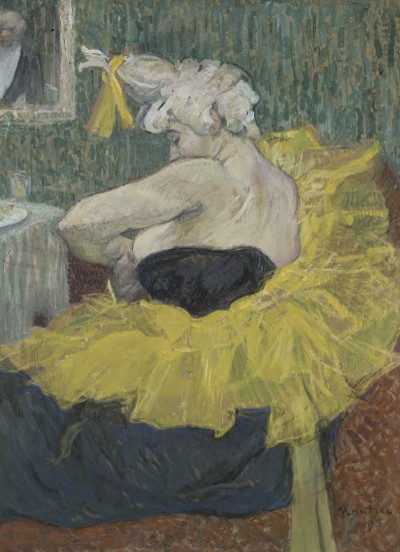
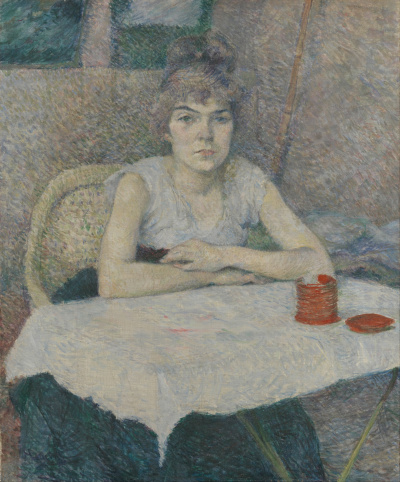
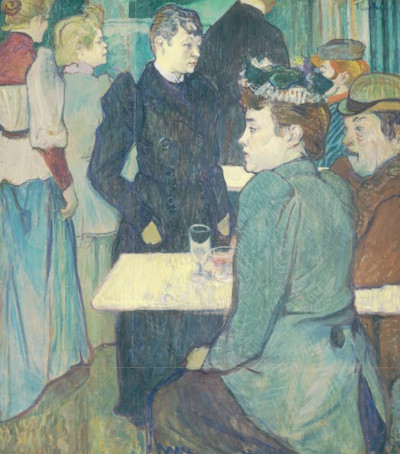
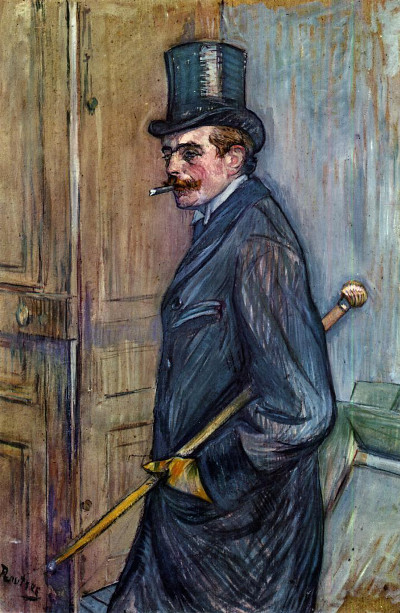
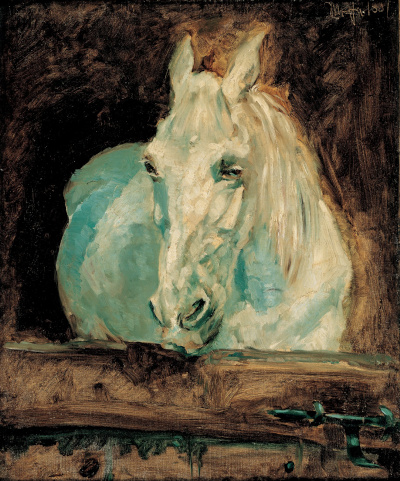
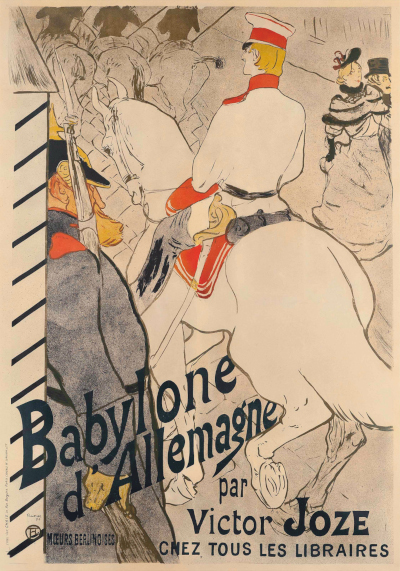
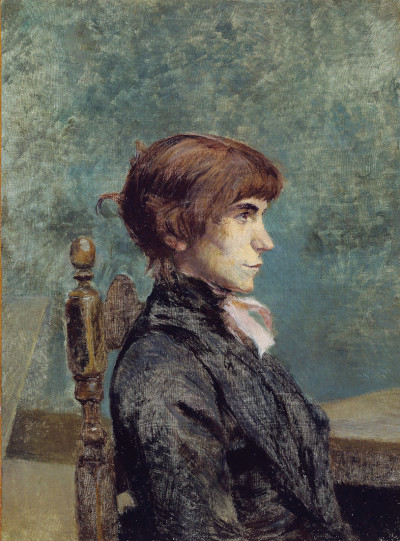
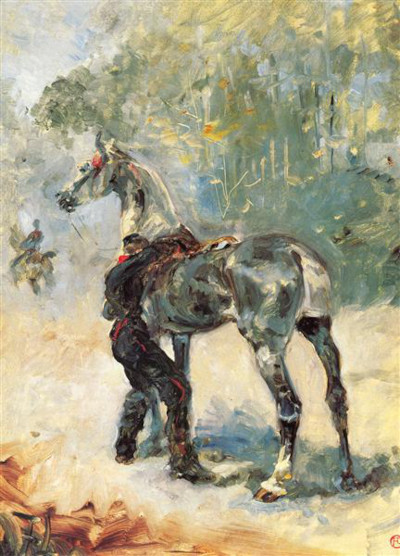
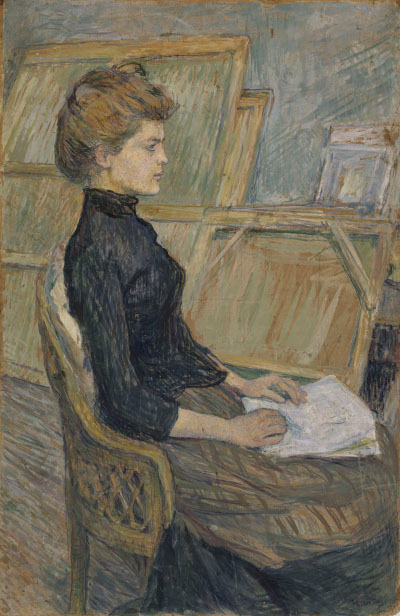
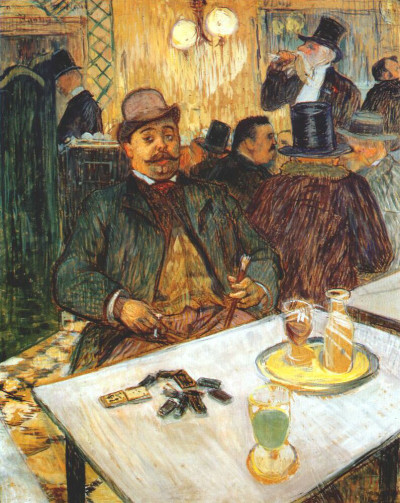
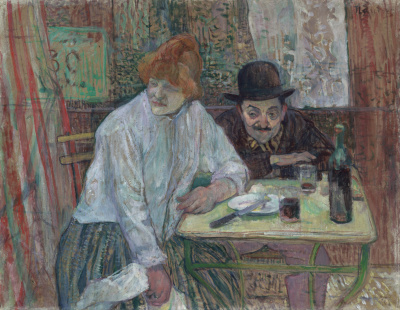
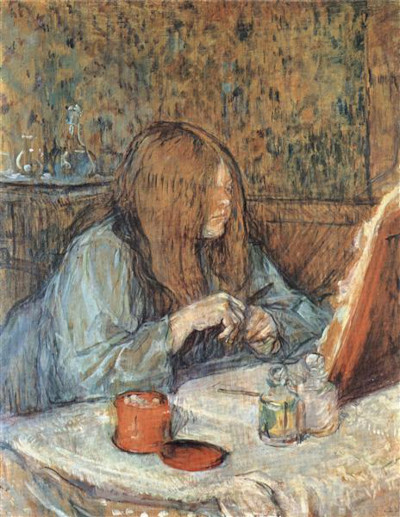
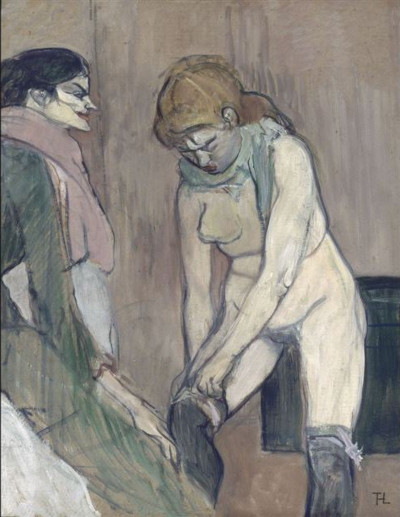
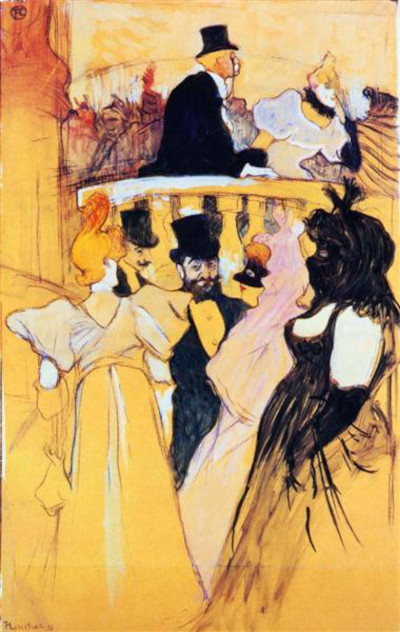
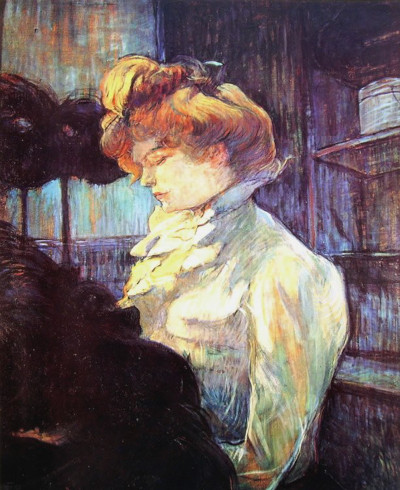
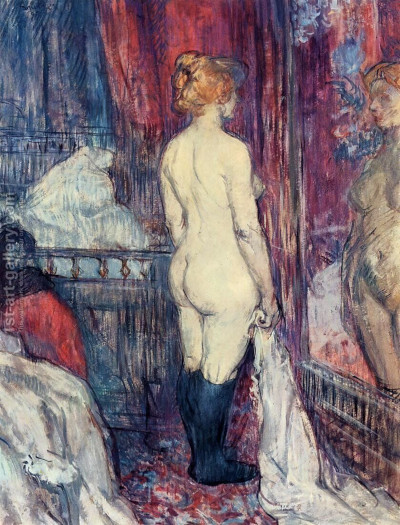
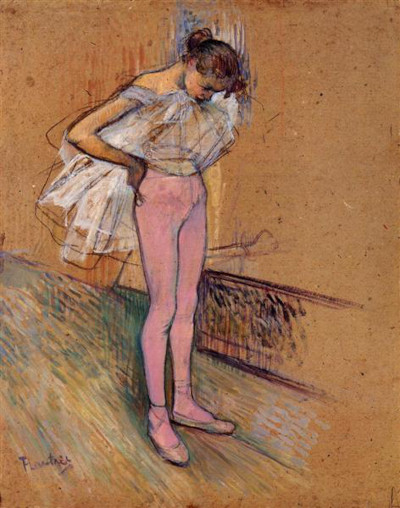
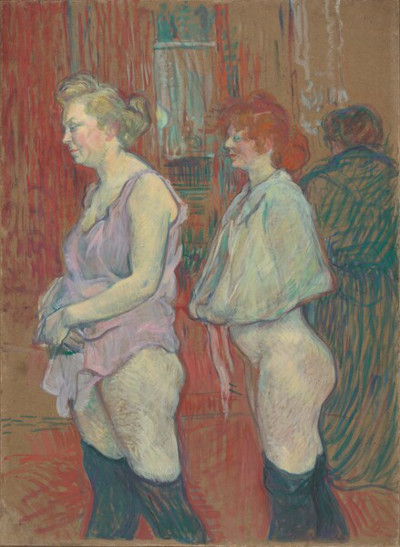
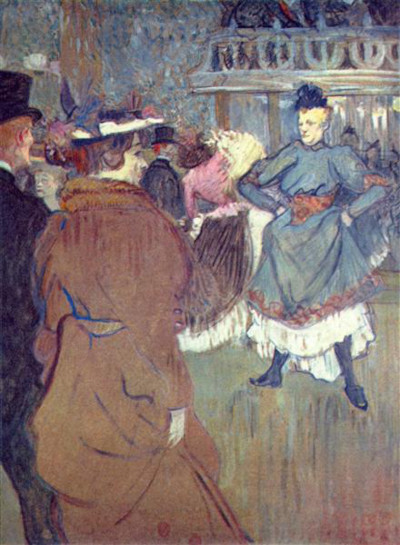
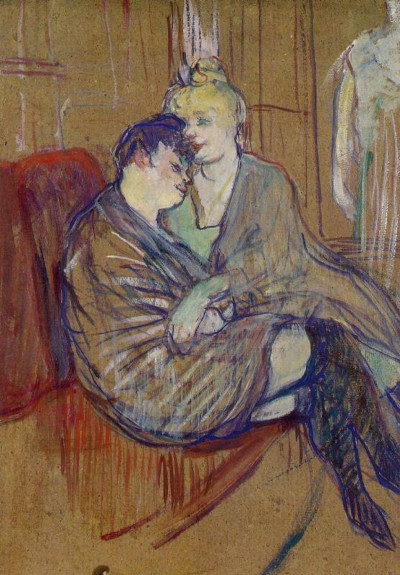
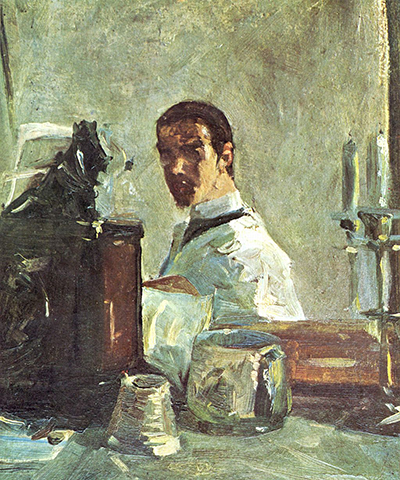
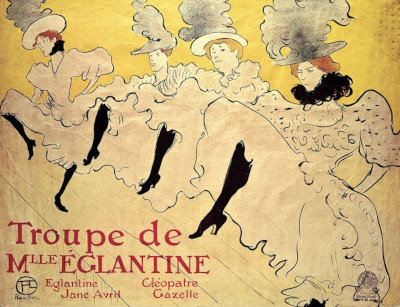
 Henri de Toulouse-Lautrec.jpg)
